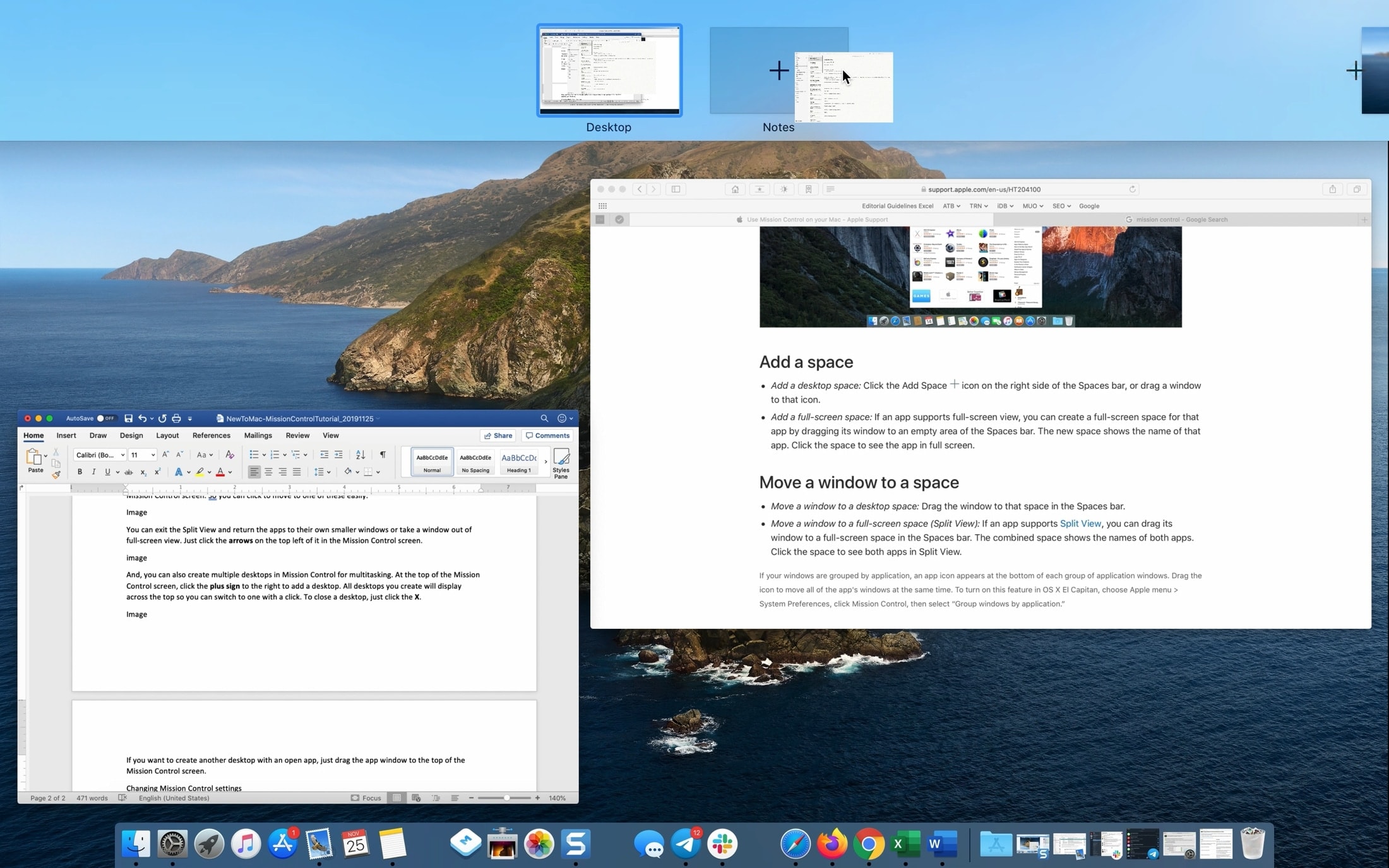

- #HOW TO CLOSE OUT MULTIPLE DESKTOPS ON MAC HOW TO#
- #HOW TO CLOSE OUT MULTIPLE DESKTOPS ON MAC MAC OS#
- #HOW TO CLOSE OUT MULTIPLE DESKTOPS ON MAC MAC#

Imagine that your photos are already ordered with the name “Holidays” and you want it to put “Summer” instead, because where it says “Format” you should choose “Replace text” and once there in the “Search” field you should put “Vacation” and in “Replace by” write “Summer”.

It should be noted that in this window you can also replace the name of your files. Start numbers at: if you chose a number format and you don’t want it to start at 0 or 1, you can write the number you want it to start with here.Continuing with the example explained above, this is where you would put “Holidays”. Custom format: this is the value that will remain the same in all names.Uncheck the box next to ‘Desktop & Documents Folder’ to disable iCloud Documents. Once connected to a remote system, you can view the screen, type, move the mouse, or send a key combination, such as Ctrl-Alt-Del. Look for ‘iCloud Drive’ and click the Options button next to it. Chrome Remote Desktop lets you connect computers for remote access. You should notice that the Close option changes to Close All.
#HOW TO CLOSE OUT MULTIPLE DESKTOPS ON MAC MAC#
Now, press the Option/Alt key on your Mac keyboard. With the app/Finder open, click on File from the top menu. Go to Apple ID or the ‘iCloud’ preference panel. Note that this method works for all Finder Windows or multiple instances/windows of other apps (including browsers etc).
#HOW TO CLOSE OUT MULTIPLE DESKTOPS ON MAC MAC OS#
Go to the Apple menu in Mac OS and choose System Preferences.
#HOW TO CLOSE OUT MULTIPLE DESKTOPS ON MAC HOW TO#


 0 kommentar(er)
0 kommentar(er)
